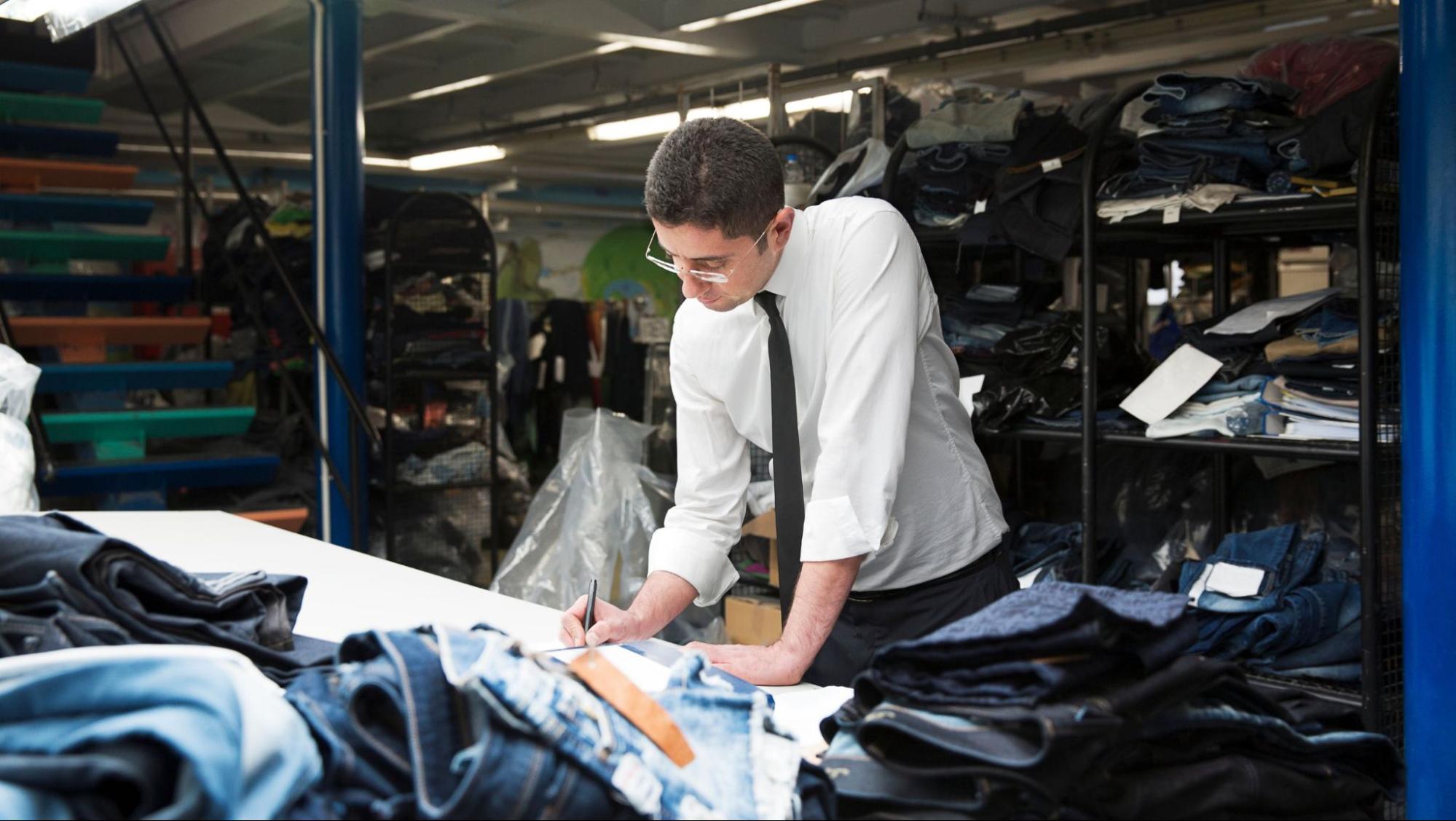Deciding to manufacture shirts can be a smart move for a factory owner looking to expand their business. With the global demand for clothing on the rise, the shirt industry offers a lucrative opportunity for growth and profitability. By leveraging their existing infrastructure and expertise, factory owners can tap into this market and meet the increasing demand for high-quality shirts. In this article, I’ll explore the reasons why a factory owner might choose to venture into shirt manufacturing and the potential benefits it can bring to their business.
One of the key reasons why a factory owner might consider manufacturing shirts is the consistent demand for this essential garment. Shirts are a staple in everyone’s wardrobe, making them a reliable product to produce and sell. Whether it’s for casual wear, work attire, or special occasions, people will always need shirts. By entering the shirt manufacturing industry, factory owners can ensure a steady stream of customers and a reliable source of revenue.
A Factory Owner Might Decide to Manufacture Shirts in Pakistan Instead of the United States Because
Market Research
When considering where to manufacture shirts, conducting market research is crucial. This involves analyzing various factors such as consumer preferences, trends, and market dynamics. One reason a factory owner might choose to manufacture shirts in Pakistan instead of the United States is the lower production costs. Pakistan has a competitive advantage in terms of labor costs, which can significantly reduce the overall production expenses.
Demand Analysis
Understanding the demand for shirts is essential for making an informed decision. Pakistan has a growing domestic market for clothing, with a population of over 220 million people. Additionally, Pakistan is a major exporter of textiles and garments, supplying to countries around the world. The increasing global demand for affordable clothing makes Pakistan an attractive choice for manufacturing shirts.

Designing the Shirts
Choice of Materials
When it comes to designing shirts, one of the key factors to consider is the choice of materials. The fabric used plays a crucial role in determining the overall quality and comfort of the shirts. As a factory owner, it’s important to select materials that meet the desired standards and preferences of your target market.
Consider factors such as durability, breathability, and texture when choosing the fabric for your shirts. Cotton is a popular choice due to its softness and breathability, making it comfortable to wear in various climates. Other materials like polyester and blends offer wrinkle resistance and moisture-wicking properties, making them suitable for activewear or performance shirts.
Additionally, consider sustainability and eco-friendliness when selecting materials. With the increasing consumer demand for sustainable fashion, using organic cotton or recycled materials can help differentiate your shirts and attract environmentally conscious customers.
Shirt Styles and Patterns
The style and pattern of the shirts are crucial aspects of the design process. It’s important to stay updated with the latest fashion trends and consumer preferences to create shirts that appeal to your target market. Consider factors like fit, collar style, sleeve length, and overall silhouette when designing the shirts.
Experiment with different patterns, such as stripes, checks, or solids, to offer a variety of options to your customers. Keep in mind that certain patterns may be more popular in specific regions or for particular demographics. Conduct market research to understand the preferences of your target audience and design shirts accordingly.
Designing Process
The designing process involves translating your creative vision into tangible shirt designs. It’s essential to have a skilled team of designers who can bring your ideas to life. Collaborate with them to create unique and eye-catching designs that set your shirts apart from competitors.
Utilize computer-aided design (CAD) software to create digital prototypes and make modifications before starting the production process. This allows you to visualize the final product and make any necessary adjustments to the design.
Once the designs are finalized, create samples to assess the fit, comfort, and overall appeal. Conduct thorough testing and make any necessary modifications before proceeding with mass production.
Remember to consider the production capabilities of your chosen manufacturing location when designing the shirts. Ensure that the designs can be efficiently produced without compromising on quality or incurring additional costs.
By paying attention to the choice of materials, shirt styles, and patterns, as well as the designing process, you can create shirts that meet the expectations of your target market and stand out in the competitive clothing industry.

